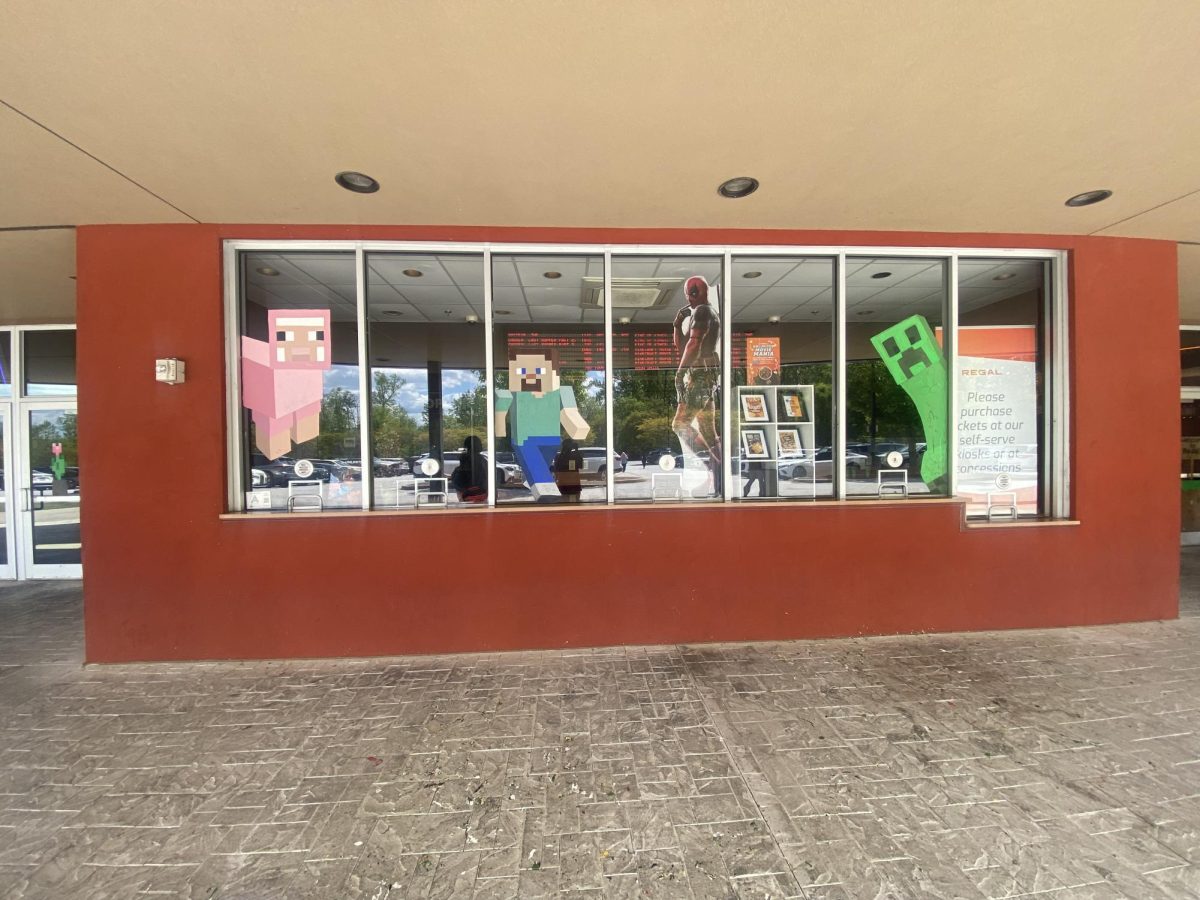The History of Thrifting and Why You Should Thrift As Well!
December 12, 2022
From the beginning of America to the late 18th century, the passing down of clothes was an expected way of life. Jennifer Le Zotte, author of From Goodwill to Grunge: A History of Secondhand Styles and Alternative Economies states, “If you had a dress and it got worn out, you’d tear it up and make a pinafore for your daughter, and when that got trashed, you’d tear it up and stuff your chair with it,” (Zotte). But, as the industrialization of the US started to gain speed, the mass production of clothing became the “new normal.” Clothing became inexpensive and more convenient to obtain but was now also viewed as easier to dispose of. And this, unfortunately, led to one of the many consequences of industrialization: THE STIGMA OF THRIFTING! Because buying clothes now came at a low price, why would anyone ever need to thrift? In her article “People Have Been Reusing Clothes Forever But Thrift Shops Are Relatively New. Here’s Why”, Olivia B. Waxman says, “But there was a stigma attached to wearing used clothes that had been owned by a stranger. Not only were the items themselves a sign of a lack of money, but there was also bias against the people selling them.” Even though the stigma was strong against thrifting, thrift stores we see today kept pushing to provide low-cost clothing, furniture, household appliances, and home décor.
After all this stigma talk, you may wonder: “Why should I thrift?” And to that, I would answer, “There are many reasons to thrift!” For one, it would help the environment greatly. In their article “5 Incredible Benefits of Thrift Shopping,” Goodwill says, “Disposing of unwanted clothing also takes a toll on the environment. […] individuals throw out 60 to 80 pounds of textile waste each year. It can take months and even years for these materials to fully break down in landfills!” And with the current environmental crisis happening, thrifting would be a great way to help locally. Another good reason to thrift would be to expand your wardrobe at a cheap price. As seen in the featured image, long leather coats and vintage Christmas sweaters are hard to come by these days; but an affordable blast from the past could be just a few miles away at your local Goodwill. Thrifting is also good for impoverished individuals and those with limited funds. While supporting your local thrift store, you are helping to fund the upkeep of that store so it can stay open for longer and help all who need it.
In the day and age of fast fashion and quickly fleeting trends, it was a miracle that thrifting made its way to the eyes of mainstream media. There aren’t many outlets that add an affordable variety to your closet while also helping the environment and your local community after all!







